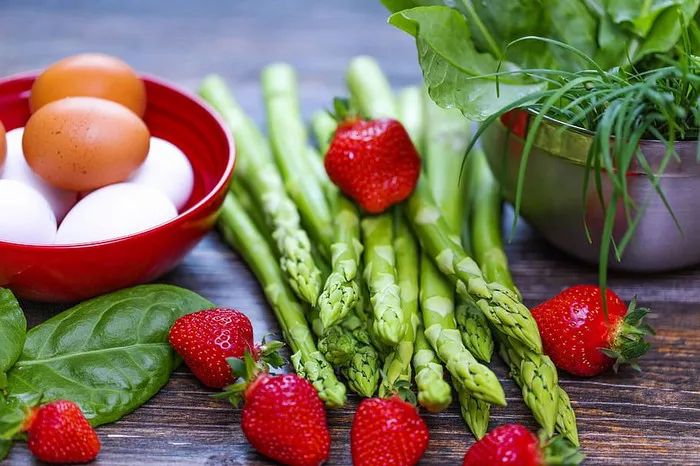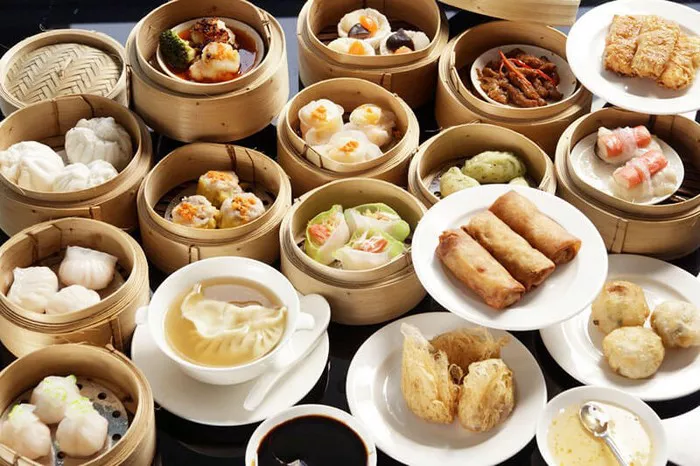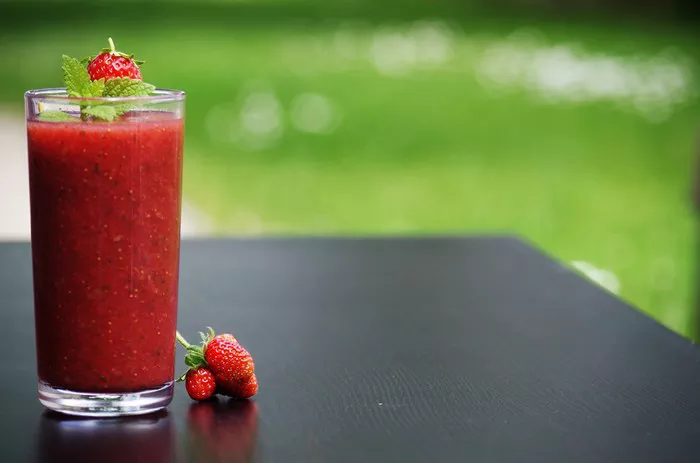Cantonese cuisine, one of the most celebrated branches of Chinese cooking, is renowned for its rich flavors, fresh ingredients, and intricate techniques. Among its many beloved dishes, Cantonese Chow Mein stands out as a perennial favorite, delighting palates with its crispy noodles, tender vegetables, and savory sauce. This article will guide you through the process of making authentic Cantonese Chow Mein, exploring its history, essential ingredients, and step-by-step preparation.
Understanding Cantonese Chow Mein: A Culinary Staple
1. A Brief History of Chow Mein
The term “chow mein” comes from the Taishanese dialect, translating to “stir-fried noodles.” The dish has its roots in Guangdong Province, specifically the Canton (now Guangzhou) region, which is why it’s often referred to as Cantonese Chow Mein. Traditionally, it was a popular street food, providing a quick and flavorful meal that combined the region’s love for fresh produce and seafood with the convenience of stir-frying.
2. Characteristics of Cantonese Chow Mein
Cantonese Chow Mein is distinct from other regional variations of chow mein primarily due to its preparation method and the texture of the noodles. Unlike the soft and sometimes saucy noodles found in other styles, Cantonese Chow Mein features crispy noodles, achieved by pan-frying the noodles until they reach a golden-brown crispiness. This creates a delightful contrast between the crunchy exterior and the tender vegetables and meats.
Essential Ingredients for Authentic Cantonese Chow Mein
To recreate an authentic Cantonese Chow Mein, it’s crucial to use the right ingredients, many of which are staples in Cantonese cooking. Here’s a breakdown of the key components:
1. Noodles
The star of the dish is the egg noodles. These are typically thin, wheat-based noodles that have a slight yellow hue due to the egg content. For the best results, use fresh egg noodles, which are widely available in Asian grocery stores. They provide the ideal texture when fried, offering the perfect balance of chewiness and crispiness.
2. Vegetables
A variety of vegetables can be used in Cantonese Chow Mein, but common choices include bean sprouts, bok choy, carrots, bell peppers, and snow peas. These vegetables add not only color and crunch but also a spectrum of flavors that complement the dish’s overall taste.
3. Proteins
Traditional Cantonese Chow Mein often includes a mix of proteins, such as chicken, beef, shrimp, or tofu. Marinating the proteins beforehand enhances their flavor and tenderness, ensuring they meld seamlessly with the noodles and vegetables.
4. Sauces and Seasonings
The flavor profile of Cantonese Chow Mein is built on a foundation of soy sauce, oyster sauce, and sesame oil. Light soy sauce adds saltiness, oyster sauce provides a rich umami depth, and sesame oil imparts a subtle nutty aroma. Additionally, garlic and ginger are commonly used to enhance the dish’s complexity.
Preparing Cantonese Chow Mein: Step-by-Step Instructions
Step 1: Preparing the Noodles
Begin by boiling the egg noodles until they are just cooked, or al dente. This usually takes about 2-3 minutes. Once done, drain the noodles and rinse them under cold water to stop the cooking process. Toss the noodles with a bit of oil to prevent sticking.
Step 2: Preparing the Proteins
Depending on your choice of protein, slice the chicken, beef, or tofu into thin strips. For shrimp, ensure they are peeled and deveined. Marinate the proteins with a mixture of soy sauce, a pinch of sugar, cornstarch, and a splash of cooking wine. Let them sit for about 15-20 minutes.
Step 3: Prepping the Vegetables
Wash and slice the vegetables into bite-sized pieces. For example, julienne the carrots, slice the bell peppers into strips, and halve the bok choy. Keep the bean sprouts whole as they add a wonderful crunch to the dish.
Step 4: Stir-Frying the Ingredients
Heat a wok or a large skillet over high heat. Add a couple of tablespoons of oil and swirl to coat the surface. When the oil is shimmering, add the marinated proteins and stir-fry until they are about 80% cooked through. Remove from the wok and set aside.
In the same wok, add a bit more oil if needed, and then stir-fry the garlic and ginger until fragrant. Add the vegetables, starting with the ones that take longer to cook, such as carrots and bell peppers, followed by quicker-cooking vegetables like bok choy and bean sprouts. Stir-fry until the vegetables are tender but still crisp.
Step 5: Combining the Ingredients
Push the vegetables to the sides of the wok, creating a well in the center. Add a touch more oil and then place the pre-cooked noodles into the center. Spread them out in an even layer and let them fry undisturbed for a couple of minutes until the bottom starts to crisp up. Flip the noodles to crisp the other side.
Return the proteins to the wok, combining them with the noodles and vegetables. Pour in the sauce mixture (a blend of soy sauce, oyster sauce, and a bit of chicken broth if desired) and toss everything together until well-coated and heated through.
Step 6: Final Touches and Serving
Finish with a drizzle of sesame oil and a sprinkle of green onions for a fresh pop of flavor. Serve the Cantonese Chow Mein hot, preferably straight from the wok to the plate.
Tips for Perfect Cantonese Chow Mein
1. Choosing the Right Noodles
The texture of the noodles is crucial to achieving the characteristic crunch of Cantonese Chow Mein. Fresh egg noodles are preferred, but if unavailable, dried egg noodles can be used. The key is to avoid overcooking them during the boiling step.
2. High Heat is Key
Stir-frying requires high heat to sear the ingredients quickly, locking in flavors and maintaining the vegetables’ crispness. Ensure your wok or skillet is preheated before adding any ingredients.
3. Balance the Flavors
Cantonese cuisine is known for its balance of flavors. Taste as you cook and adjust the seasoning accordingly. If the dish seems too salty, a splash of water or broth can help dilute the intensity. Conversely, if it lacks depth, a bit more oyster sauce can enrich the flavor.
4. Variety of Vegetables
Feel free to experiment with different vegetables based on what’s available and your personal preference. The key is to maintain a mix of textures and colors to make the dish visually appealing and nutritionally balanced.
Exploring Variations of Cantonese Chow Mein
While the classic Cantonese Chow Mein is a staple, there are numerous variations you can explore to keep the dish exciting and tailored to your taste.
1. Seafood Chow Mein
For a seafood twist, use a combination of shrimp, scallops, and squid. Marinate the seafood with a bit of ginger and garlic to enhance their natural flavors. Seafood pairs beautifully with the crispy noodles and fresh vegetables, offering a lighter, yet equally satisfying, version of the dish.
2. Vegetarian Chow Mein
Creating a vegetarian version of Cantonese Chow Mein is simple. Replace the meat with tofu or tempeh, ensuring to marinate and stir-fry them just like the meat options. Additionally, load up on a variety of colorful vegetables like bell peppers, broccoli, and snap peas to create a vibrant and nutritious meal.
3. Spicy Cantonese Chow Mein
If you enjoy a bit of heat, consider adding chili garlic sauce or fresh chili peppers to your chow mein. The spice will add a new dimension to the dish, creating a fusion of flavors that still respects the traditional roots of Cantonese cuisine.
4. Serving Suggestions and Pairings
Cantonese Chow Mein is a versatile dish that can be enjoyed on its own or as part of a larger meal. Here are some suggestions to elevate your dining experience:
Accompaniments
- Egg Drop Soup: A light and savory egg drop soup complements the rich flavors of chow mein, creating a well-rounded meal.
- Spring Rolls: Crispy spring rolls filled with vegetables or meat provide a delightful contrast in texture and a tasty appetizer.
- Steamed Dumplings: Whether filled with pork, shrimp, or vegetables, dumplings make a great side dish to pair with chow mein.
Beverage Pairings
- Tea: Traditional Chinese tea, such as jasmine or oolong, is an excellent choice to cleanse the palate and enhance the flavors of the meal.
- Beer: A light, crisp beer can balance the richness of the chow mein and add a refreshing element to the dining experience.
The Cultural Significance of Cantonese Chow Mein
Beyond its delicious taste, Cantonese Chow Mein holds a special place in the hearts of many. It’s a dish that brings people together, whether at family gatherings, street markets, or festive celebrations. The process of making chow mein, from the meticulous preparation to the high-energy stir-frying, is a labor of love that reflects the values of Cantonese culture: respect for ingredients, balance in flavors, and the joy of shared meals.
Conclusion
Cantonese Chow Mein is more than just a dish; it’s a culinary tradition that embodies the essence of Cantonese cooking. By understanding its history, selecting the right ingredients, and mastering the techniques, you can recreate this beloved classic in your own kitchen. Whether you stick to the traditional recipe or explore your own variations, Cantonese Chow Mein promises a delicious and satisfying meal that celebrates the rich heritage of Chinese cuisine. Enjoy the process, savor the flavors, and share the joy of this iconic dish with family and friends.
Related Topics:

























